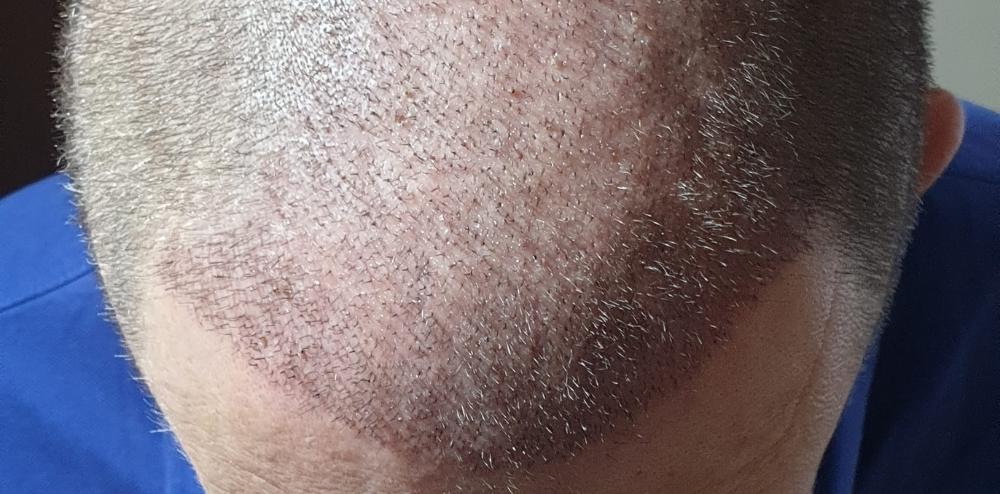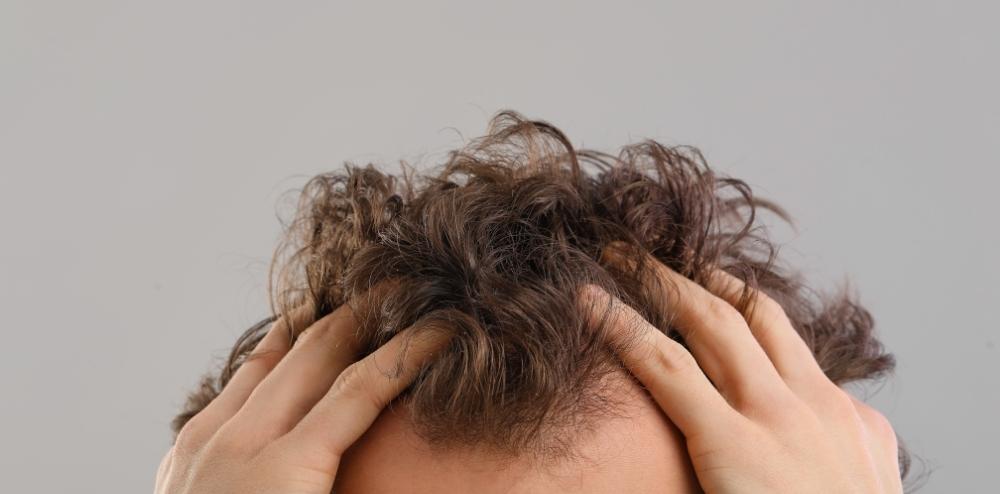Hair transplant is a popular cosmetic procedure that helps restore hair to areas that have experienced hair loss or thinning. While the surgery itself is relatively quick and easy, the recovery period can be a bit more involved. In this blog post, we’ll take a detailed look at the recovery period after a hair transplant, day by day, week by week, and month by month.
Day 1-3: After Hair Transplant Surgery

The first two days after hair transplant surgery are critical for proper healing. It is important to follow your doctor’s instructions closely during this period. Your scalp will likely be swollen and tender, and you may experience some pain and discomfort. Your doctor will prescribe pain medication to help manage any discomfort, and you may also be prescribed antibiotics to prevent infection. You should avoid touching or rubbing your scalp, and avoid strenuous activities that may increase your heart rate. Do not wash your hair for the first 48 hours.
Days 3-10: First 10 days of Recovery
During the first week of recovery, you will need to continue following your doctor’s instructions carefully. You may still experience some discomfort, but it should begin to subside. Swelling may also persist, and you may experience some bruising around the surgical site. It is important to continue avoiding strenuous activities and to keep your head elevated and sleep on your back to minimise swelling. You should protect your head from the sun and avoid drinking alcohol for the first 10 days after the surgery. Wash your head every day between days 3-10 according to the instructions given to you after the surgery.
Weeks 2-4: Second to Fourth Week of Recovery

As you enter the second to fourth week of recovery, you should begin to feel more comfortable and the swelling and bruising should begin to subside. You may notice some scabbing around the grafts, but this is a normal part of the healing process. During this period, you can resume gentle activities and light exercise like walking, but avoid any activities that may cause excessive sweating or jarring of the head. You should also avoid swimming, saunas and steam baths for at least the first month after the surgery.
Months 1-2: First to Second Month of Recovery

As you enter the first to third month of recovery, the grafts will begin to shed and enter a dormant phase. This is a normal part of the healing process and should not cause alarm. You may also begin to notice some new hair growth in the transplanted area, which is a positive sign of healing. During this period, you can resume normal activities but continue to avoid any activities that may cause excessive sweating or jarring of the head.
Months 3-6: Third to Sixth Month of Recovery
As you enter the fourth to sixth month of recovery, the dormant hair follicles will begin to activate, and you may start to notice new hair growth in the transplanted area. This is an exciting time in the recovery process, as the results of the surgery begin to become more apparent. You may still experience some minor scabbing or flaking, but this should begin to subside as the hair follicles begin to mature. Do use a shaver machine on your hair or dye your hair for the first 6 months. It is also recommended to take a biotin supplement daily for the first 6 months to support the hair growth process.
Months 6-12: Sixth to Twelfth Month of Recovery

As you enter the seventh to twelfth month of recovery, the newly transplanted hair will continue to grow and thicken. The final results of the surgery may take up to a year or more to become fully apparent. You can resume all normal activities and hair care routines, including cutting, coloring, and styling your hair as desired.
In conclusion, the recovery period after hair transplant is a gradual process that can take several months to a year or more. It is important to follow your surgeon’s post-operative instructions carefully and to be patient with the healing process. With proper care and attention, you can achieve successful and long-lasting results from your hair transplant surgery.







